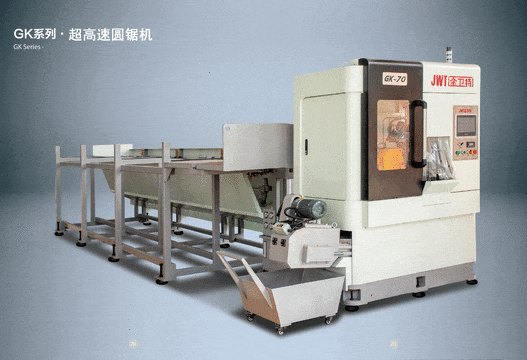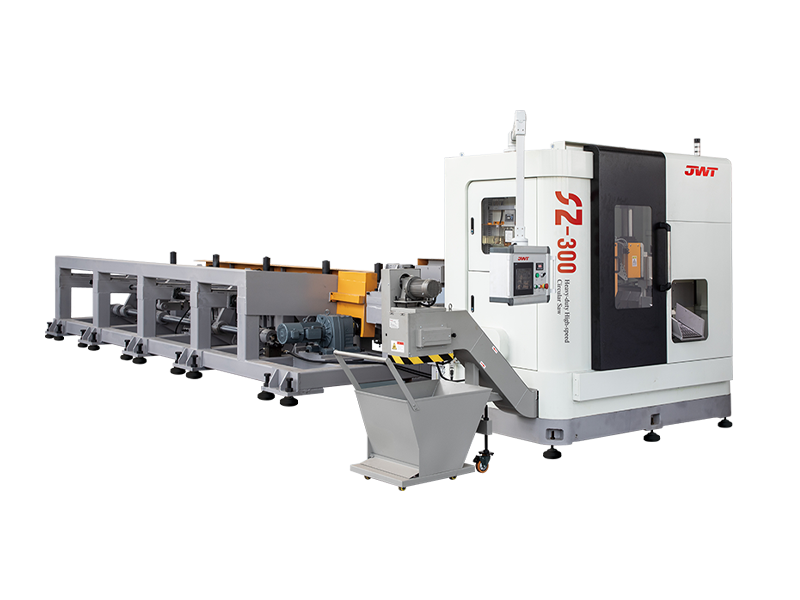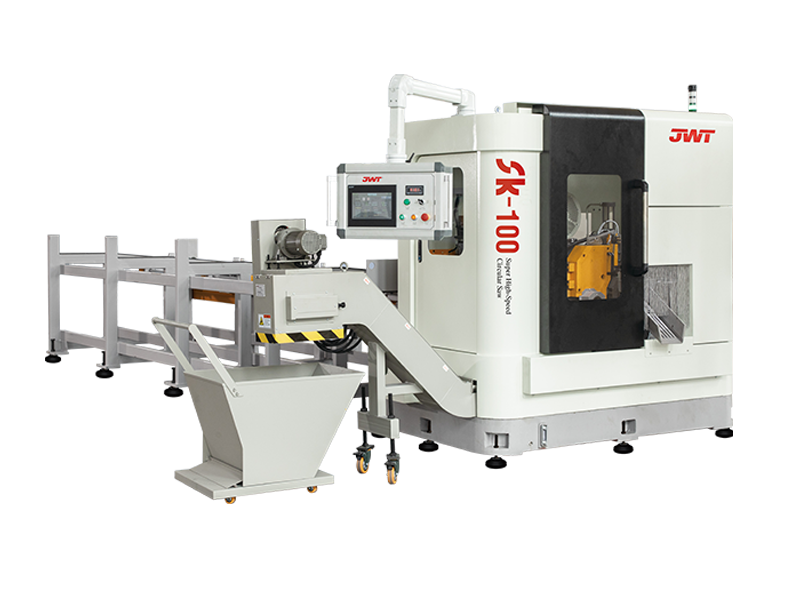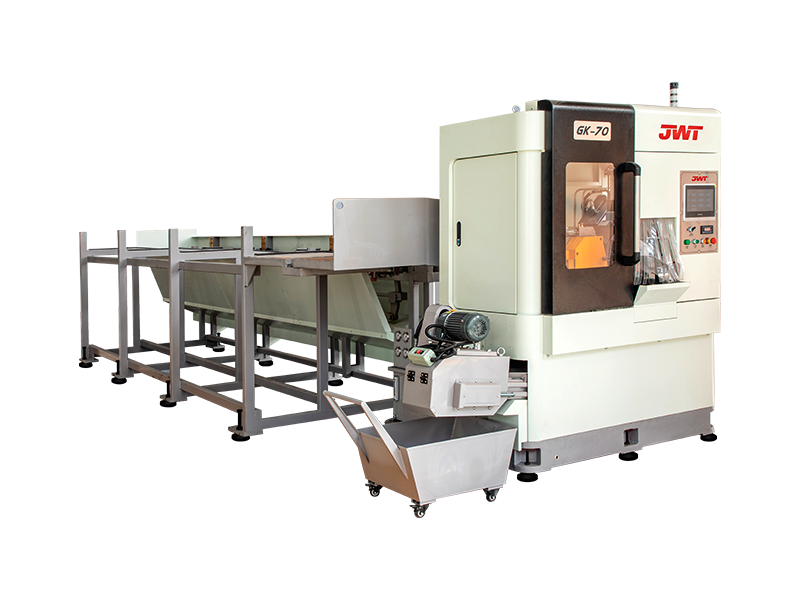Automatic saw machine maintenance guide
An automatic saw machine is a critical piece of equipment in many industries, from woodworking to metal fabrication. Ensuring it runs efficiently and safely requires a proactive and consistent maintenance plan. Neglecting maintenance can lead to costly downtime, reduced product quality, and potential safety hazards. This guide provides a detailed, professional overview of how to maintain your automatic saw machine, ensuring its longevity and peak performance.
Daily and Pre-Operational Checks
Before starting any work, a few simple checks can prevent most common issues. These should be performed every day the machine is in use.
-
Inspect the Blade: Check the saw blade for any signs of wear, cracks, or missing teeth. A dull or damaged blade not only produces poor cuts but also puts unnecessary strain on the motor and other components of your automatic saw machine. Replace it immediately if you find any issues.
-
Clean the Machine: Remove sawdust, metal chips, or any other debris from the machine's surface, blade guard, and work area. Debris can interfere with the machine's moving parts and lead to overheating or inaccurate cuts.
-
Lubricate Moving Parts: Apply a small amount of lubricant to the guide rails, lead screws, and other moving parts as recommended by the manufacturer. This reduces friction and wear, ensuring smooth operation.
-
Check Safety Features: Verify that all safety guards, emergency stop buttons, and sensors are in working order. This is non-negotiable for operator safety.
Weekly and Bi-Weekly Maintenance
These tasks are more involved and should be performed on a regular schedule, typically once a week or every two weeks, depending on machine usage.
-
Check and Tighten Fasteners: Vibration from operation can loosen bolts, nuts, and screws over time. Systematically check all fasteners, particularly those securing the blade, motor, and guide rails, and tighten them to the manufacturer's specifications.
-
Inspect and Adjust Belts: For belt-driven models, check the tension of the drive belts. They should be taut but not overly tight. A loose belt can slip, leading to power loss, while an overly tight one can strain the motor bearings.
-
Calibrate and Align: Use a square or angle finder to check the alignment of the saw fence and miter angles. Even a small misalignment can result in significant inaccuracies in your cuts. Recalibrate as needed to ensure precision.
-
Clean and Inspect the Motor: Use an air compressor to blow dust and debris out of the motor's cooling fins. Inspect the electrical connections for any signs of fraying or damage.

Monthly and Quarterly Maintenance
These tasks require more time and attention, and they are crucial for the long-term health of your automatic saw machine.
-
Inspect the Hydraulic or Pneumatic System: Check all hoses and connections for leaks. Ensure the fluid levels (for hydraulic systems) are within the recommended range. A malfunctioning fluid system can impair the machine's clamping or feeding mechanisms.
-
Deep Clean: Perform a thorough cleaning of the entire machine, including hard-to-reach areas. This may involve removing guards to access internal components. Pay special attention to the blade arbor and clamping mechanisms.
-
Replace Worn Components: Proactively replace components that are showing significant wear and tear, such as bearings, brushes (on some motors), or seals. This prevents unexpected failures and prolongs the life of the machine.
-
Software and Firmware Updates: If your automatic saw machine has a computer numerical control (CNC) system, check the manufacturer's website for any available software or firmware updates. These can improve performance, add new features, or fix bugs.
The Importance of a Maintenance Log
To ensure a consistent and effective maintenance schedule, keep a detailed log of all maintenance activities. This log should include:
-
The date of each service
-
The type of maintenance performed (e.g., blade change, lubrication, calibration)
-
The parts that were inspected or replaced
-
Any issues found or resolved
-
The name of the technician who performed the work
A comprehensive log helps you track the machine's performance over time, identify recurring issues, and schedule future maintenance more effectively.
By following this comprehensive maintenance guide, you can ensure your automatic saw machine operates at peak performance, delivers precise results, and maintains a safe working environment for years to come. A well-maintained machine is a valuable asset that contributes directly to the efficiency and profitability of your operations.



 中文简体
中文简体 русский
русский







